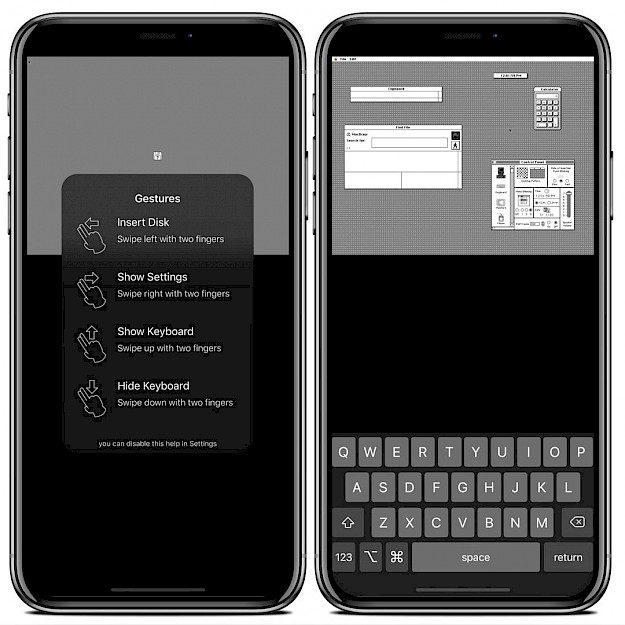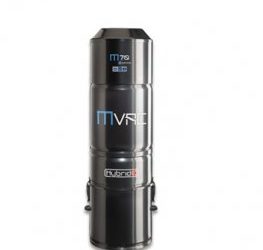

Micro USB cable for USB hub 10cm : 1pcs.Micro USB cable for power extension 10cm: 1pcs.Micro SD card reader extension adapter 15cm: 1pcs.
#Mini vmac portable#
#Mini vmac trial#
Well, I've been doing a lot of trial and error, so the assembly was easier than I expected. Therefore, wise people should think carefully about this process and start planning.Īfter shaping and painting, it's finally time to assemble. It seems that I will be troubled by the shaping work after this. Also, the dimensions are just barely enough, and I have to go back to the CAD application again.Įven so, I made too many details. Yes, the trial and error you all know continues. It's less than $ 100 !? The manufacturer's direct sales were sold out, so I bought it at .jp.However, the time comes when this choice becomes a problem. Recent 3D printers are cheap, aren't they? Therefore, I chose the minimum size 3D printer (120x120x115mm) required for this plan. I thought about using a print service, but I wanted to make it myself, so I checked the 3D printer again. "What should I do with the output of the housing?" It took some time to get used to it, but I managed to complete the basic form. (Although I have used 3DCG applications in my previous job) This is my first time to use a CAD application. I wanted to have a built-in USB sound card and LR speakers, so I decided to design it from the beginning. (I'll explain later, it's a 5 watt LR speaker.) Of course, we prepared various cables one by one. There was a problem with the GPIO display, so I contacted the manufacturer again, but it was a simple problem, so I solved it immediately.

I decided to discard the GPIO sound card and use the USB sound card. (I contacted the manufacturer and understood) It turns out that these GPIO-based displays and sound cards cannot be used at the same time due to conflicting pin header signals. (If I had the knowledge, I could have prevented it) However, a problem occurred at this timing. Next, prepare GPIO display and GPIO sound card.Both were selected to be connectable with GPIO, and we aimed to fit them compactly in the housing.
#Mini vmac mac#
Since I am going to produce something a little different from them, I want to have a name for it.hmmm, Tiny Mac exists, Apple Pi exists.well, how about "Tiny Apple Pi"? You like Pi(e), don't you? Basically, I installed a minimal Xwindow related environment on Raspberry Pi Lite so that Mini vMac starts when I log in.Īt this time I thought about the project again. I changed my approach a bit and decided to go with the CLI instead of the GUI. So, I got Raspberry Pi immediately and started preparations. I was inspired by cgenco and John's web pages. Well, I recently learned about the existence of Tiny Mac. Please let me know if there is something wrong with the expression, not just in English. I use translation tools to create this page, including this sentence.
#Mini vmac zip#
1.44MB floppy disk drives, and ZIP drives, which can then be used directly on vintage Macs.I do not speak English. Both have the advantage of accessing real HFS volumes via USB ports, i.e. Basilisk II also offers similar features, but in my experience is much more difficult to set up, is quite a bit more buggy and hasn't been updated in quite a while. While Sheepshaver is buggy, it does allow more versatility than Mini vMac at the moment.
#Mini vmac archive#
I also use it, running OS 8.1 to open HFS+ images created under Snow Leoapard, into which I have copied compressed archive files, and copy the contents to HFS images which I then use with Mini vMac: the hands down the best vintage Mac emulator out there. This is how I set it up and use it to transfer files between Snow Leopard and an real 128K: Sheepshaver is my Mac transition emulator of choice, to keep everything within a Mac-like environment. Just hope OS X 10.7 doesn't drop HFS read too following their historical pattern in dropping support of MFS with OS 7.6 & 8. It's nice to know that works for now, until Zydeco's solution works more universally to write to HFS images. Indeed not very Mac-like, but I've never had a problem with cmd-line interfaces as long as I have the commands and especially the step-by-step instructions in front of me.


 0 kommentar(er)
0 kommentar(er)
